Home>Gardening & Outdoor>Outdoor Recreation & Activities>What Should The Ph Be In A Swimming Pool
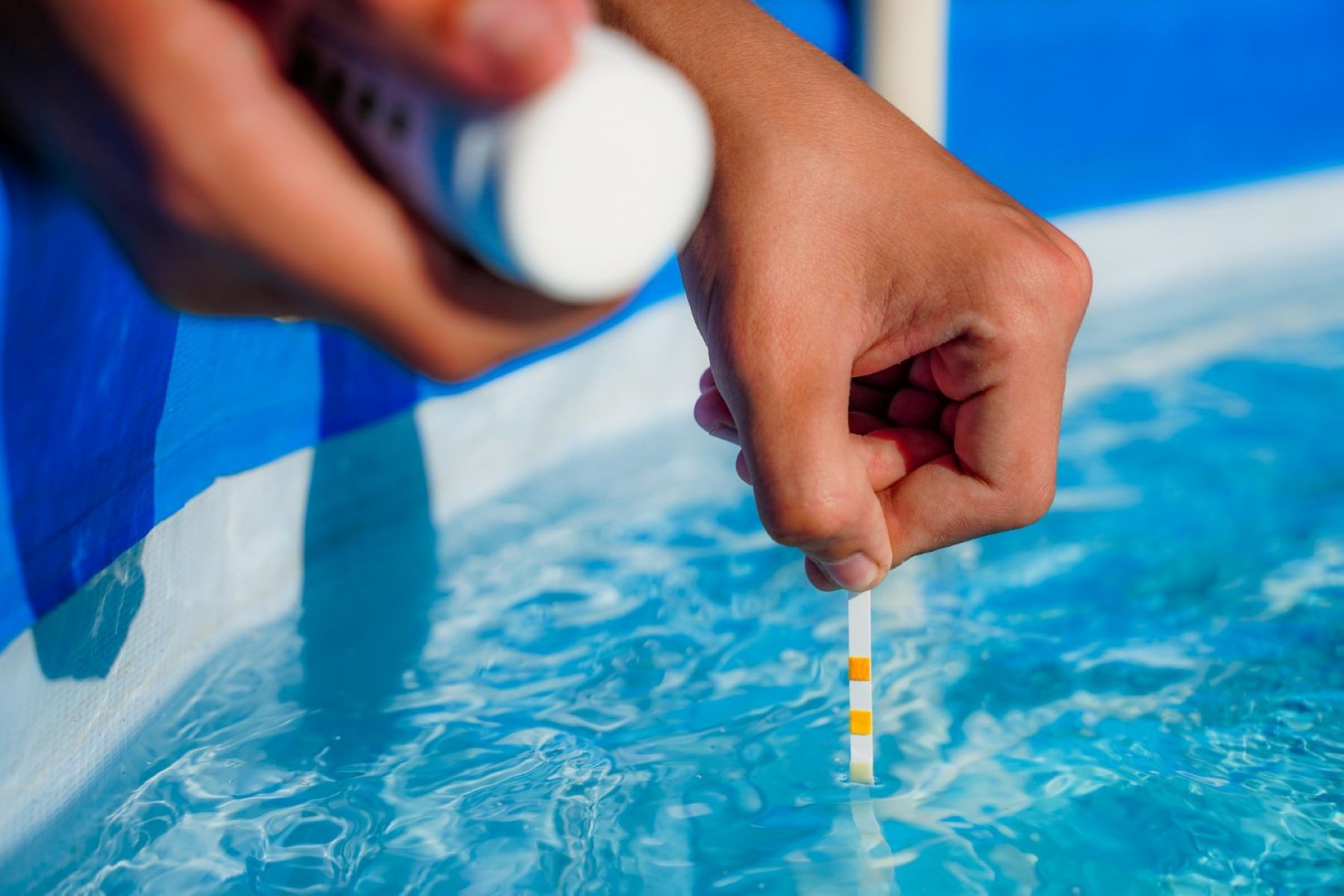

Outdoor Recreation & Activities
What Should The Ph Be In A Swimming Pool
Published: February 17, 2024
Maintain the perfect pH balance in your swimming pool for optimal safety and enjoyment. Learn the ideal pH level for outdoor recreation and activities.
(Many of the links in this article redirect to a specific reviewed product. Your purchase of these products through affiliate links helps to generate commission for Storables.com, at no extra cost. Learn more)
Introduction
Maintaining the proper pH level in a swimming pool is crucial for ensuring a safe and enjoyable swimming experience. The pH level indicates the acidity or alkalinity of the water and plays a significant role in preserving the pool's infrastructure, as well as the health and comfort of swimmers. Understanding the importance of pH in a swimming pool, the ideal pH range, and the effects of imbalanced pH levels is essential for pool owners and operators.
When it comes to pool maintenance, pH is a fundamental aspect that should not be overlooked. The pH level directly impacts the effectiveness of chlorine and other sanitizing agents, which are essential for keeping the water free from harmful bacteria and algae. Additionally, pH influences the comfort of swimmers by affecting the water's clarity, potential skin and eye irritation, and the longevity of pool equipment.
In this comprehensive guide, we will delve into the significance of maintaining the right pH level in a swimming pool, the ideal pH range, the effects of high and low pH levels, and the methods for testing and adjusting pH. By the end of this article, you will have a clear understanding of why pH balance is critical for a swimming pool and how to ensure that your pool maintains the optimal pH level for a safe and enjoyable swimming environment.
Key Takeaways:
- Proper pH balance in a swimming pool (between 7.2 and 7.8) is crucial for clean, safe, and enjoyable swimming. It affects chlorine effectiveness, swimmer comfort, and pool infrastructure longevity.
- Regularly test and adjust pH levels using reliable kits and adjusters to maintain a pristine swimming environment. Seek professional advice for persistent pH issues.
Read more: How Do You Raise The Ph In A Swimming Pool
Importance of pH in a Swimming Pool
The pH level of a swimming pool is a critical factor that significantly impacts the overall quality of the water and the well-being of swimmers. pH, which stands for "potential of hydrogen," measures the acidity or alkalinity of the water on a scale of 0 to 14, with 7 being neutral. Understanding the importance of maintaining the proper pH level in a swimming pool is essential for ensuring a safe and enjoyable swimming environment.
One of the primary reasons why pH is crucial in a swimming pool is its direct influence on the effectiveness of chlorine and other sanitizing agents. Chlorine, the most common pool sanitizer, works most efficiently within a specific pH range. When the pH level is too high or too low, the effectiveness of chlorine diminishes, leading to potential bacterial and algae growth. This can compromise the safety and hygiene of the pool water, posing health risks to swimmers.
Moreover, the pH level also affects the comfort of swimmers. Water with an imbalanced pH can cause skin and eye irritation, making the swimming experience unpleasant. High pH levels can result in cloudy water, scale formation on pool surfaces, and reduced chlorine efficiency, while low pH levels can corrode metal fixtures, damage pool equipment, and cause skin irritation. Therefore, maintaining the proper pH level is crucial for ensuring swimmers' comfort and safety.
Furthermore, the structural integrity of the pool itself is at stake when pH levels are not properly maintained. Imbalanced pH can lead to corrosion of metal components, degradation of pool surfaces, and damage to the pool's infrastructure. Over time, this can result in costly repairs and maintenance, making it imperative to monitor and adjust the pH level regularly.
In summary, the importance of pH in a swimming pool cannot be overstated. It directly impacts the effectiveness of sanitizing agents, the comfort and safety of swimmers, and the longevity of pool infrastructure. By understanding and maintaining the proper pH level, pool owners and operators can ensure a clean, safe, and enjoyable swimming environment for all.
Ideal pH Range for a Swimming Pool
The ideal pH range for a swimming pool is a critical parameter that directly influences water quality, swimmer comfort, and the longevity of pool infrastructure. The pH scale ranges from 0 to 14, with 7 being neutral. For a swimming pool, the recommended pH range is between 7.2 and 7.8. This slightly alkaline range provides an optimal environment for chlorine to effectively sanitize the water while ensuring swimmers' comfort and safety.
Maintaining the pH within the ideal range is essential for several reasons. Firstly, it ensures that the chlorine in the pool water remains active and effective. At a pH of 7.2 to 7.8, chlorine is approximately 50-60% hypochlorous acid, which is the form of chlorine that effectively kills bacteria and other contaminants. If the pH strays outside this range, the percentage of hypochlorous acid decreases, reducing the sanitizing power of the chlorine. This can lead to inadequate disinfection, potentially allowing harmful microorganisms to thrive in the water.
Additionally, the ideal pH range contributes to swimmer comfort and safety. Water with a pH level within the recommended range is less likely to cause skin and eye irritation. Swimmers are less prone to red, irritated eyes and dry, itchy skin when the pH is properly balanced. Moreover, maintaining the ideal pH range helps prevent scale formation on pool surfaces and equipment, ensuring that the pool remains aesthetically pleasing and functional.
Furthermore, the longevity of pool infrastructure is closely tied to maintaining the ideal pH range. When the pH is too low or too high, it can lead to corrosion of metal components, degradation of pool surfaces, and damage to equipment. This can result in costly repairs and maintenance, impacting the overall lifespan of the pool and its associated components.
In summary, the ideal pH range for a swimming pool, which falls between 7.2 and 7.8, is crucial for maintaining water quality, ensuring swimmer comfort and safety, and preserving the integrity of pool infrastructure. Regular monitoring and adjustment of pH levels within this range are essential for a clean, safe, and enjoyable swimming environment.
Effects of High pH in a Swimming Pool
When the pH level of a swimming pool rises above the recommended range of 7.2 to 7.8, it leads to a condition known as high pH. This imbalance can have several detrimental effects on both the pool water and the overall swimming experience.
One of the primary consequences of high pH in a swimming pool is the reduced effectiveness of chlorine. At higher pH levels, chlorine becomes less active and loses its ability to effectively sanitize the water. This can result in inadequate disinfection, allowing harmful bacteria and algae to proliferate. As a result, the water may become cloudy and develop an unpleasant odor, posing potential health risks to swimmers.
Moreover, high pH can lead to scale formation on pool surfaces and equipment. This scale, often composed of calcium carbonate, can accumulate on the pool walls, floor, and fixtures, detracting from the pool's aesthetic appeal. Additionally, scale buildup can obstruct water flow in filtration systems and reduce the efficiency of pool heaters, leading to increased energy consumption and maintenance costs.
Swimmers may also experience discomfort when exposed to water with high pH. Elevated pH levels can cause skin and eye irritation, leading to red, itchy eyes and dry, irritated skin. This can detract from the overall swimming experience, making it less enjoyable for pool users.
Furthermore, the structural integrity of the pool can be compromised by high pH. The increased alkalinity of the water can lead to corrosion of metal components, such as ladders, handrails, and pump fittings. Additionally, high pH can damage pool surfaces, including plaster, tile, and vinyl liners, leading to deterioration and the need for costly repairs.
In summary, high pH in a swimming pool can result in reduced chlorine effectiveness, scale formation, discomfort for swimmers, and damage to pool infrastructure. Regular testing and adjustment of pH levels are essential to mitigate these effects and maintain a clean, safe, and enjoyable swimming environment.
Effects of Low pH in a Swimming Pool
When the pH level of a swimming pool falls below the recommended range of 7.2 to 7.8, it results in low pH, which can have significant adverse effects on both the pool water and the overall swimming experience.
One of the most notable consequences of low pH in a swimming pool is its impact on the effectiveness of chlorine. At lower pH levels, chlorine becomes more active and can dissipate rapidly, leading to excessive chlorine consumption. This not only increases the cost of maintaining the pool but also poses potential health risks to swimmers. Additionally, the heightened reactivity of chlorine at low pH can cause skin and eye irritation, making the swimming experience uncomfortable and potentially harmful.
Low pH can also lead to corrosion of metal components within the pool. The acidic nature of the water can cause damage to metal fixtures, such as ladders, handrails, and pump fittings, leading to deterioration and the need for costly repairs or replacements. Furthermore, the pool's infrastructure, including plaster, tile, and vinyl liners, is susceptible to degradation at low pH levels, necessitating extensive maintenance and restoration efforts.
Moreover, the clarity and aesthetics of the pool water are compromised by low pH. The water may appear cloudy, and the pool surfaces can develop etching and staining, detracting from the overall visual appeal of the pool. This can diminish the enjoyment of the swimming experience for pool users and create an uninviting environment.
In addition to these effects, low pH can also impact the overall balance of the pool water, potentially leading to unstable alkalinity and calcium hardness levels. This imbalance can further exacerbate the corrosive effects on pool surfaces and equipment, compounding the maintenance challenges and costs associated with low pH.
In summary, low pH in a swimming pool can result in excessive chlorine consumption, corrosion of metal components, compromised water clarity, and aesthetic issues. Regular testing and adjustment of pH levels are essential to mitigate these effects and maintain a clean, safe, and enjoyable swimming environment.
Maintain a pH level between 7.2 and 7.8 in your swimming pool. This range is ideal for swimmer comfort and to prevent damage to pool equipment and surfaces. Regularly test and adjust the pH as needed.
Read more: What Should The TDS Be In A Swimming Pool
How to Test and Adjust pH in a Swimming Pool
Maintaining the proper pH level in a swimming pool is essential for ensuring water quality, swimmer comfort, and the longevity of pool infrastructure. Regular testing and adjustment of pH levels are fundamental aspects of pool maintenance. Here's a detailed guide on how to effectively test and adjust the pH in a swimming pool:
Testing pH Levels
- Use a Reliable Test Kit: Invest in a high-quality pool water test kit that includes pH testing capabilities. Test kits are readily available at pool supply stores and online retailers.
- Follow Instructions Carefully: Read the test kit instructions thoroughly and ensure that you understand the testing process. Pay close attention to the recommended water sample size and testing procedures.
- Collect Water Samples: Use a clean container to collect a water sample from elbow depth in the pool. This ensures that the sample is representative of the overall water quality.
- Perform the Test: Follow the test kit instructions to add the appropriate reagents to the water sample and observe the color changes or digital readings to determine the pH level.
Adjusting pH Levels
- Use pH Adjusters: Based on the test results, determine whether the pH needs to be raised or lowered. pH increaser (sodium carbonate or soda ash) is used to raise pH, while pH decreaser (sodium bisulfate or muriatic acid) is used to lower pH.
- Follow Product Guidelines: Refer to the product labels for specific dosing instructions based on the current pH level and pool size. It's crucial to follow the manufacturer's guidelines to avoid overcorrection.
- Distribute the Adjusting Chemical: With the pool pump running, add the pH adjuster to the water. Pour the chemical slowly and evenly around the pool perimeter to ensure proper distribution and avoid localized concentration.
- Re-Test and Repeat if Necessary: After allowing the pH adjuster to circulate for several hours, retest the water to verify that the pH has reached the desired range. If further adjustment is needed, repeat the process while closely monitoring the pH levels.
Maintenance Tips
- Regular Monitoring: Test the pool water for pH levels at least twice a week, especially during periods of heavy usage or extreme weather conditions.
- Balance Other Parameters: Ensure that alkalinity and calcium hardness levels are also within the recommended ranges, as these parameters can influence pH stability.
- Seek Professional Advice: If you encounter persistent pH issues or are unsure about adjusting pH levels, consider consulting a professional pool maintenance service for guidance.
By following these testing and adjustment procedures and incorporating regular maintenance practices, pool owners and operators can effectively manage the pH levels in their swimming pools, contributing to a clean, safe, and enjoyable swimming environment for all.
Read more: How Do You Lower Ph In A Swimming Pool
Conclusion
Maintaining the proper pH level in a swimming pool is paramount for ensuring water quality, swimmer comfort, and the longevity of pool infrastructure. The significance of pH balance cannot be overstated, as it directly impacts the effectiveness of sanitizing agents, the comfort and safety of swimmers, and the overall integrity of the pool environment.
By understanding the ideal pH range for a swimming pool, which falls between 7.2 and 7.8, pool owners and operators can proactively manage the water chemistry to create a clean, safe, and enjoyable swimming environment. Regular testing and adjustment of pH levels, using reliable test kits and appropriate pH adjusters, are fundamental practices that contribute to maintaining the optimal pH balance.
The effects of imbalanced pH levels, whether high or low, can have far-reaching consequences. High pH can lead to reduced chlorine effectiveness, scale formation, discomfort for swimmers, and damage to pool infrastructure. On the other hand, low pH can result in excessive chlorine consumption, corrosion of metal components, compromised water clarity, and aesthetic issues. These effects underscore the critical importance of monitoring and managing pH levels within the recommended range.
In conclusion, the proper maintenance of pH in a swimming pool is a multifaceted endeavor that requires diligence and attention to detail. By adhering to regular testing, adjustment, and maintenance practices, pool owners and operators can uphold the optimal pH balance, contributing to a safe, inviting, and refreshing swimming experience for all. Additionally, seeking professional advice when encountering persistent pH issues can provide valuable insights and support in maintaining water chemistry.
Ultimately, the commitment to maintaining the ideal pH level in a swimming pool reflects a dedication to providing a pristine and enjoyable aquatic environment. By prioritizing pH balance alongside other essential pool maintenance tasks, individuals can create a space where swimmers can relax, play, and revel in the pleasures of a well-maintained swimming pool.
Frequently Asked Questions about What Should The Ph Be In A Swimming Pool
Was this page helpful?
At Storables.com, we guarantee accurate and reliable information. Our content, validated by Expert Board Contributors, is crafted following stringent Editorial Policies. We're committed to providing you with well-researched, expert-backed insights for all your informational needs.
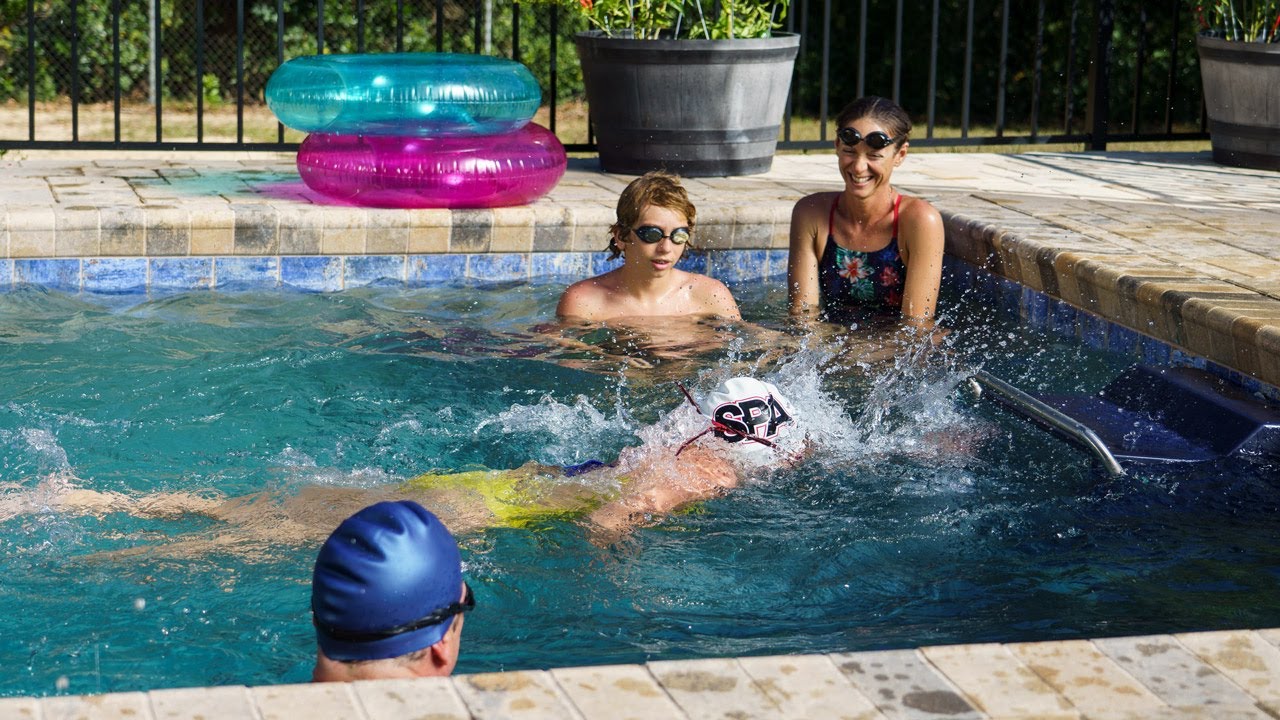


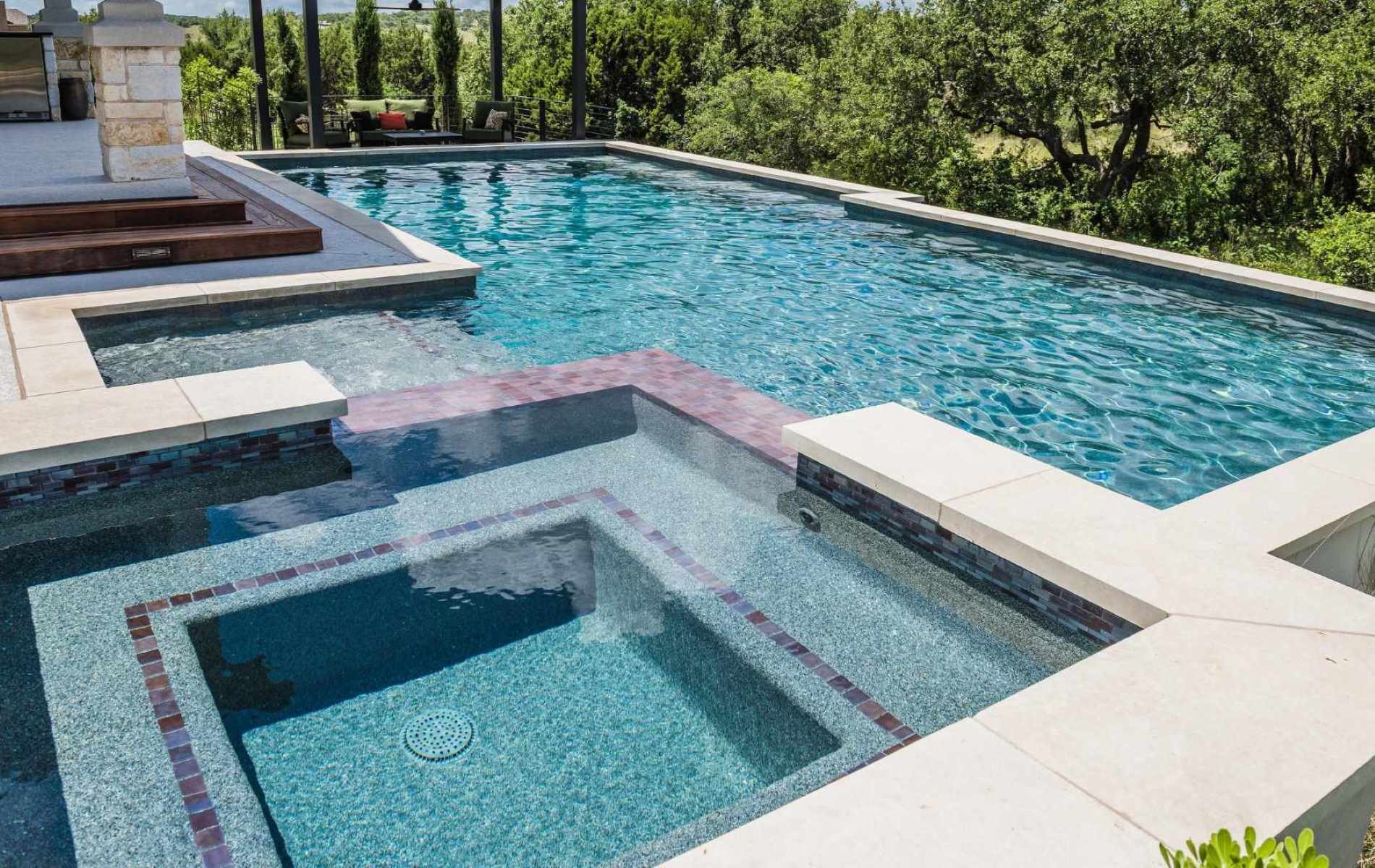
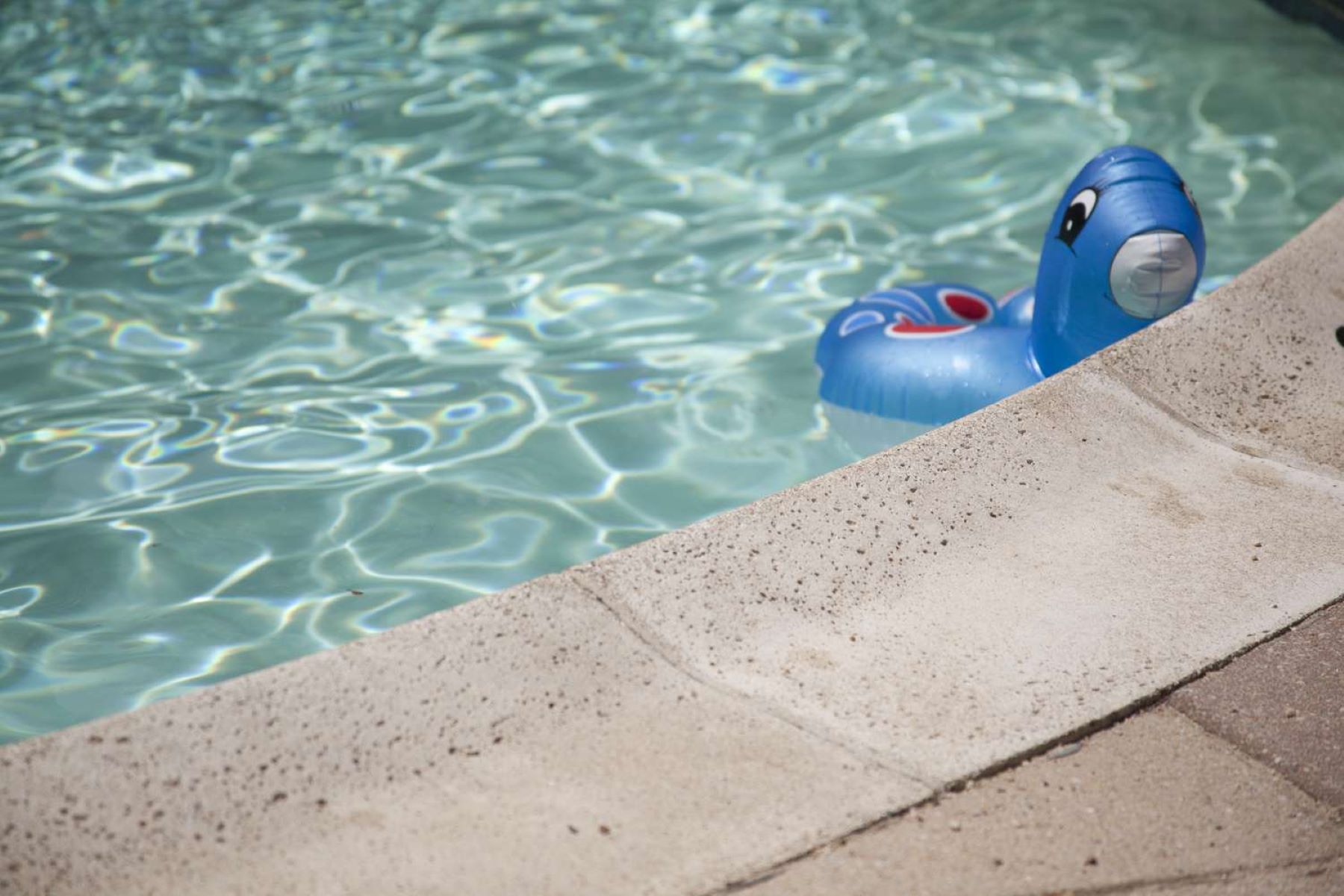

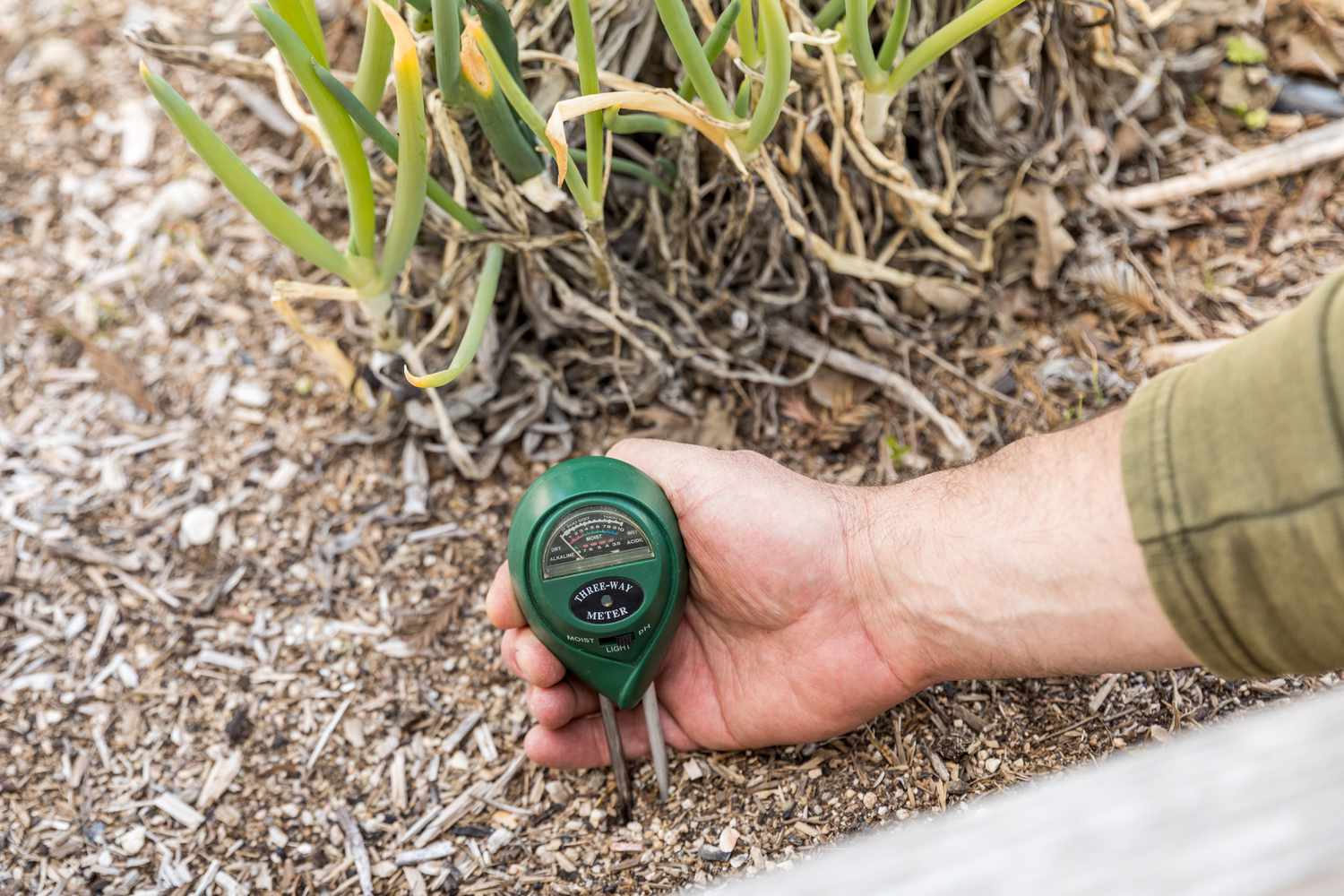
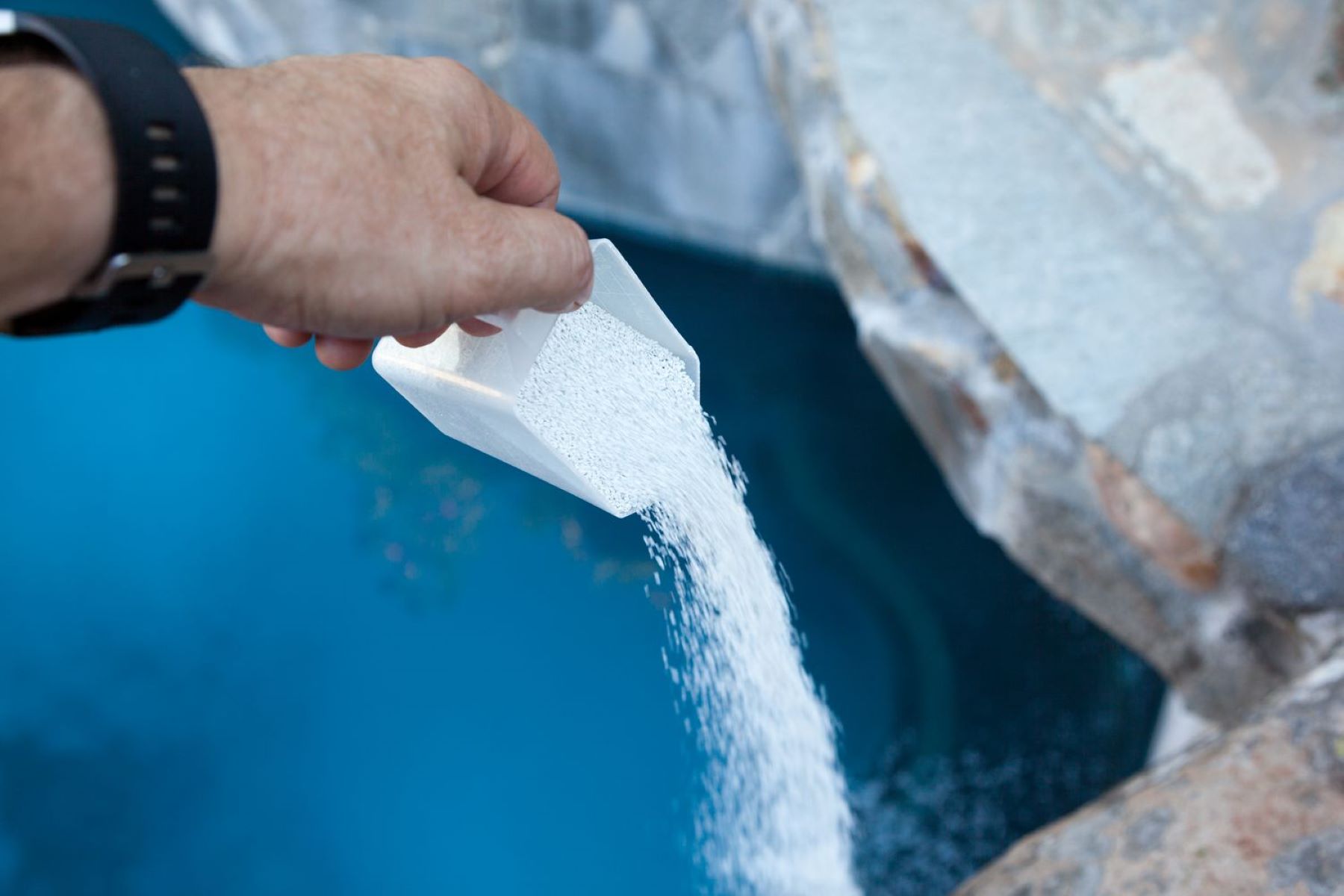


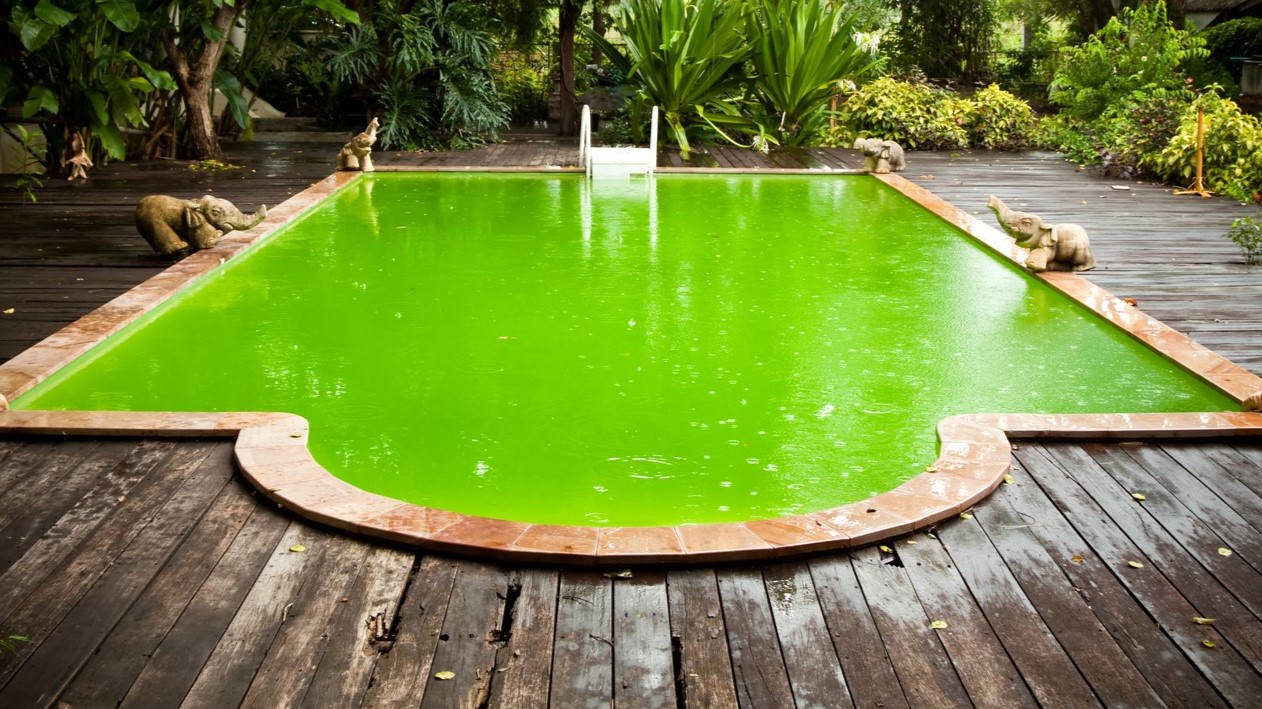
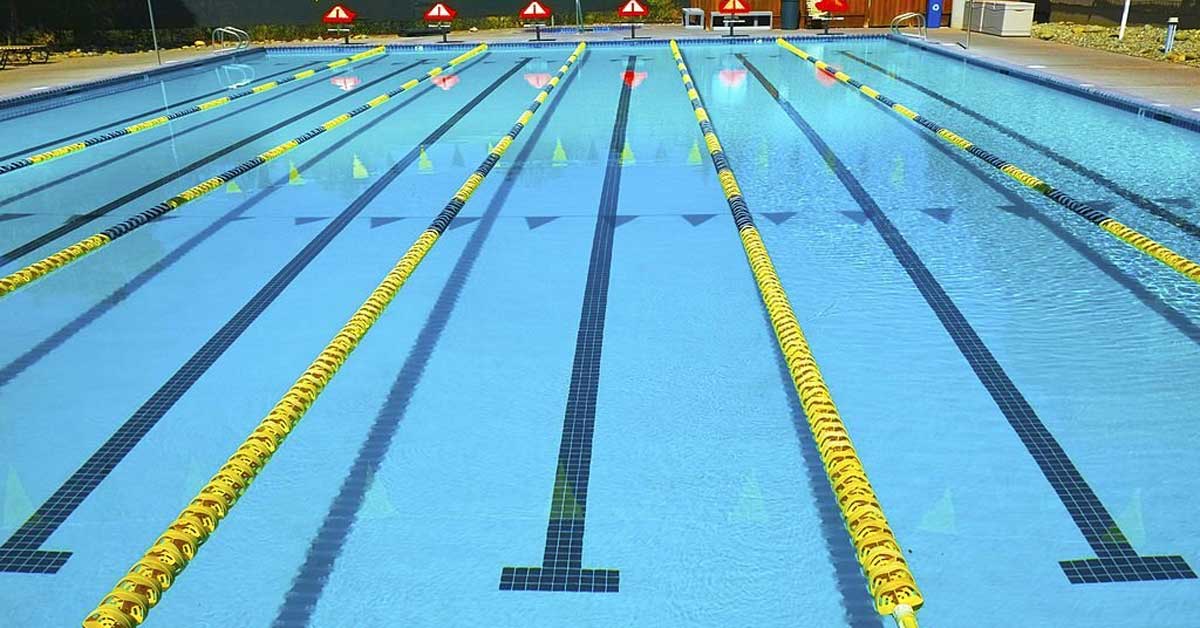


0 thoughts on “What Should The Ph Be In A Swimming Pool”